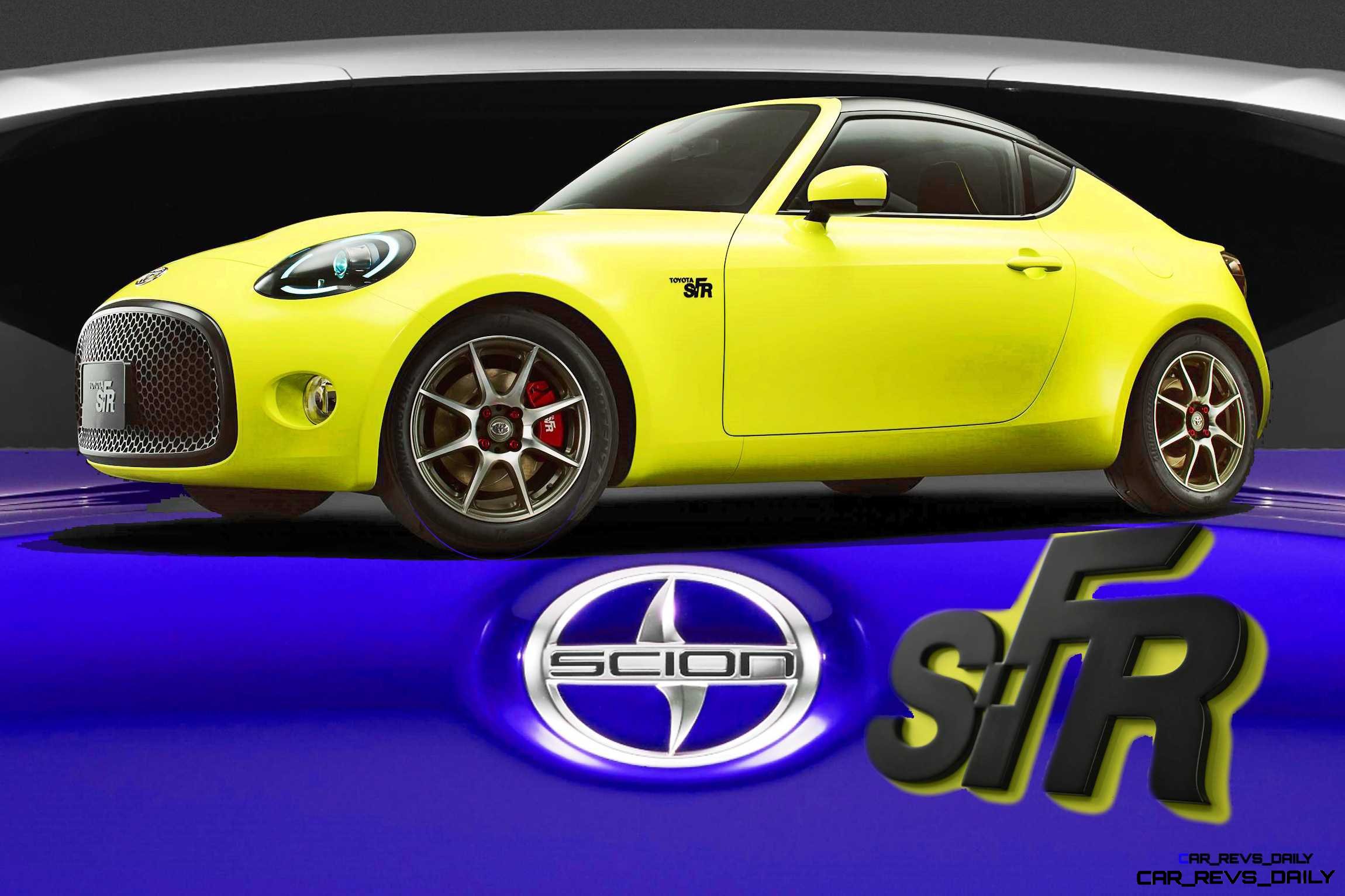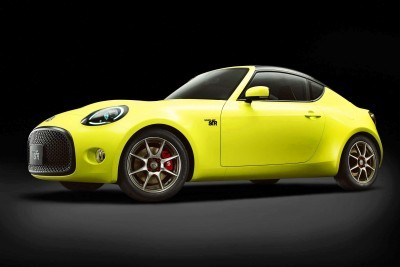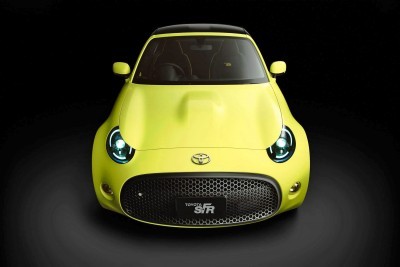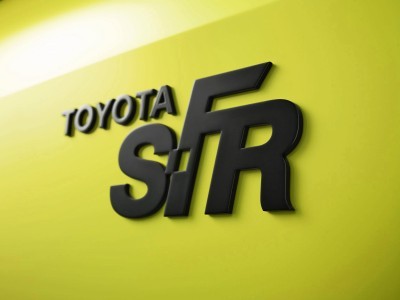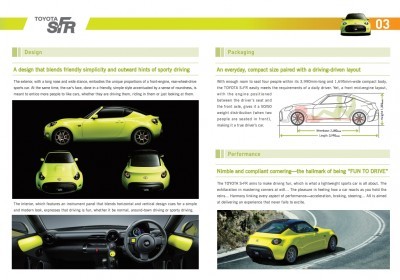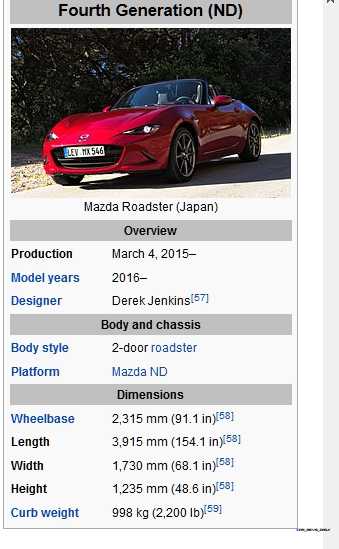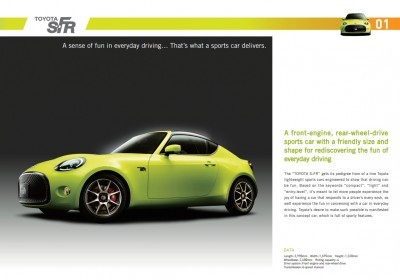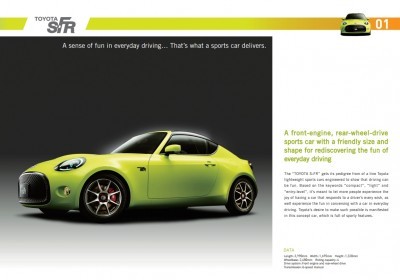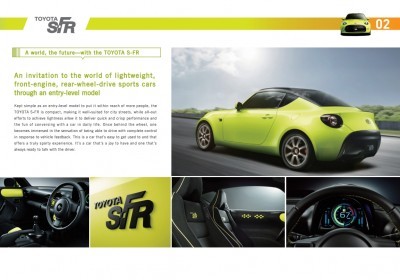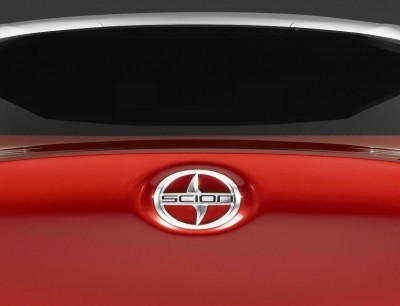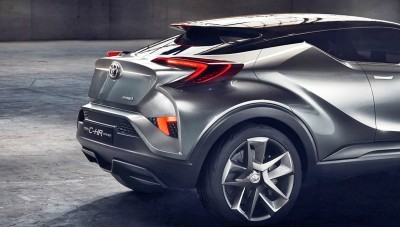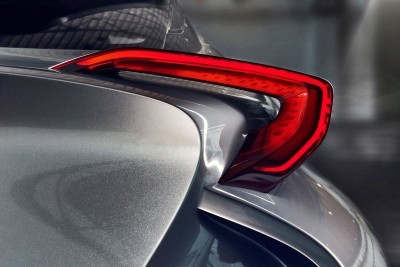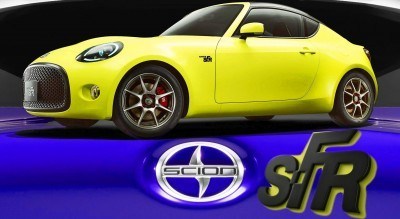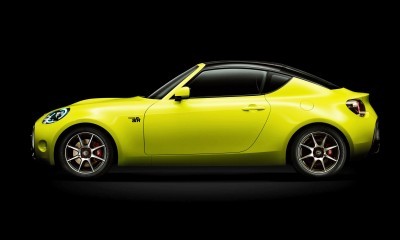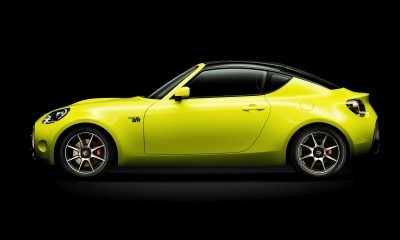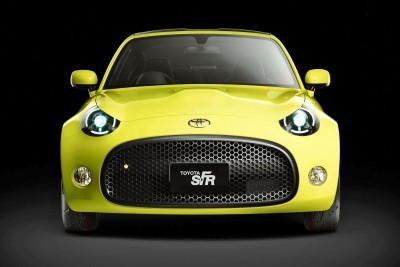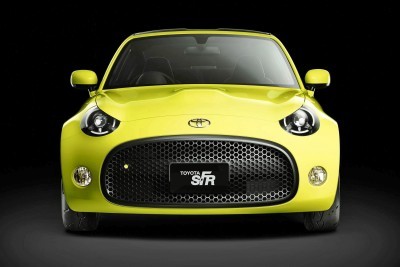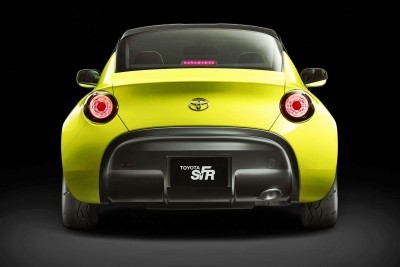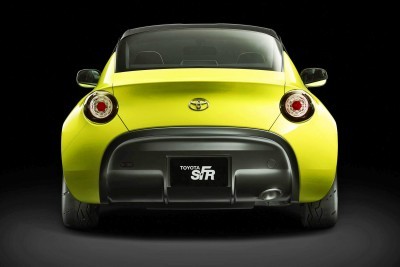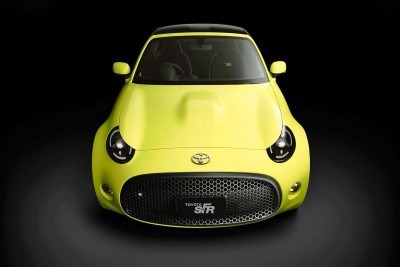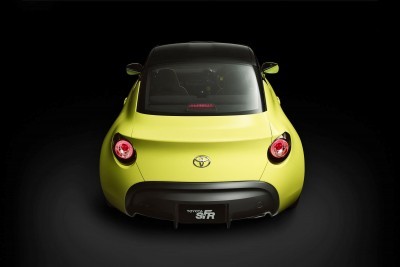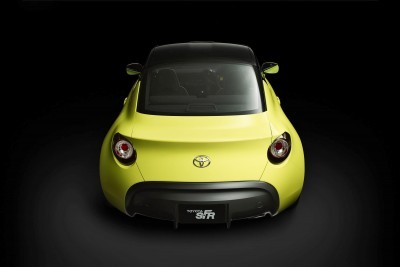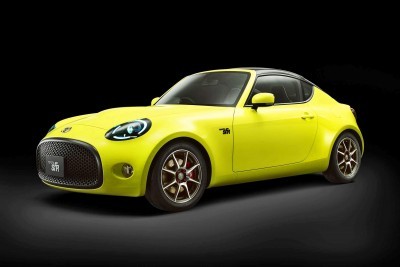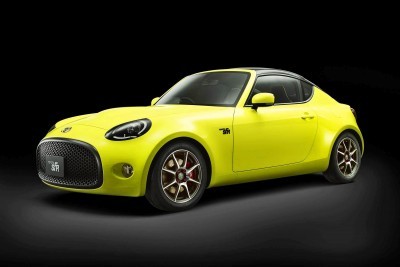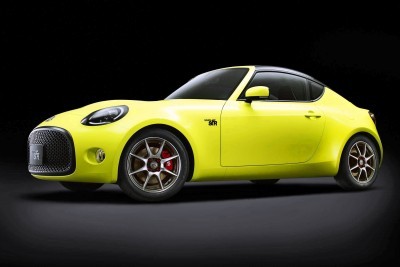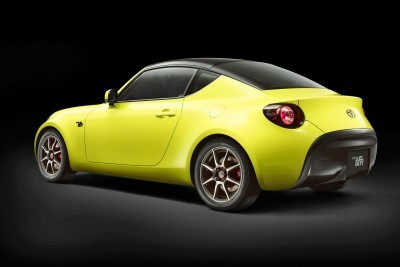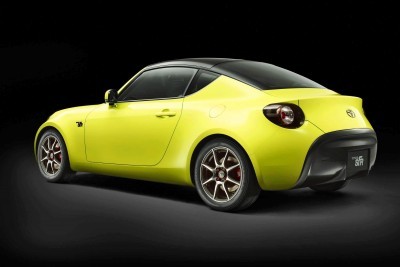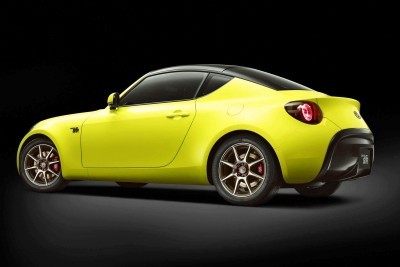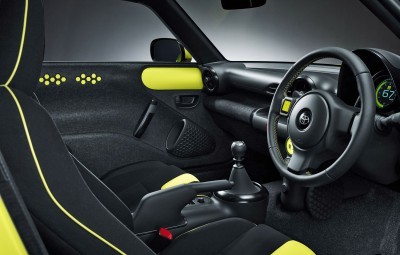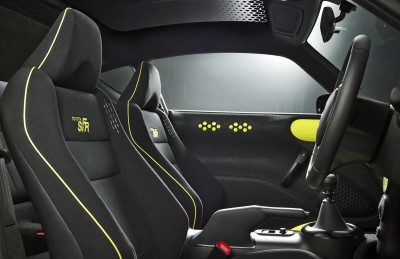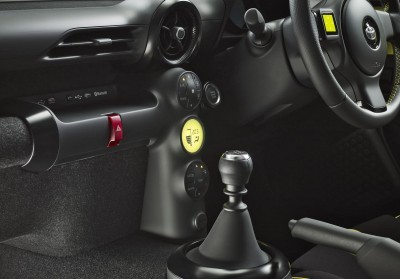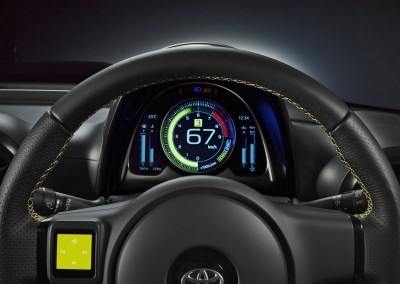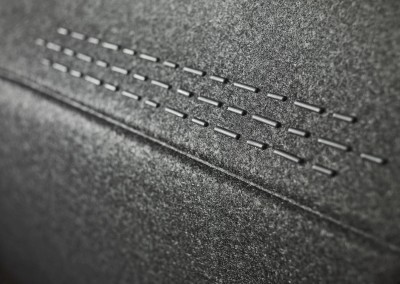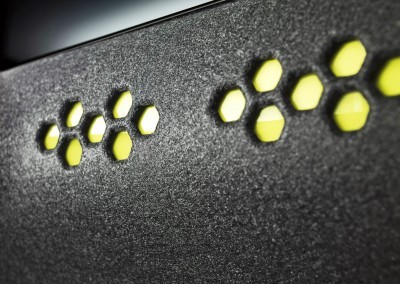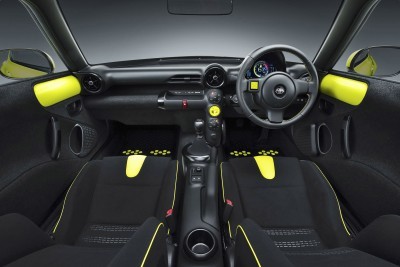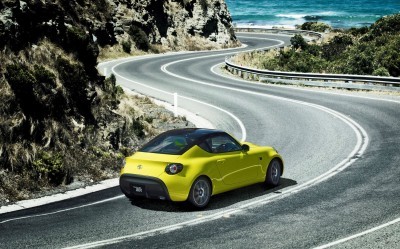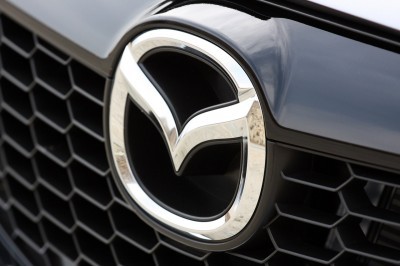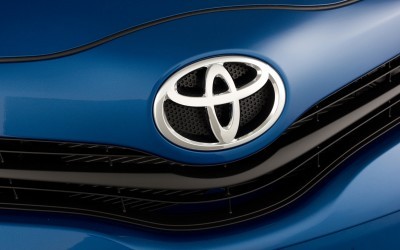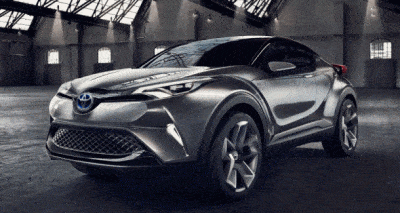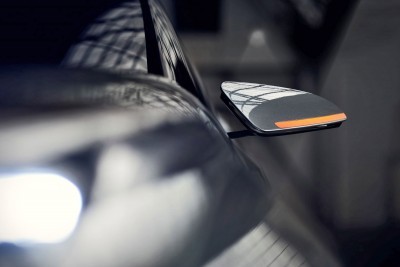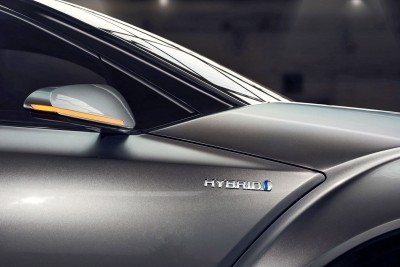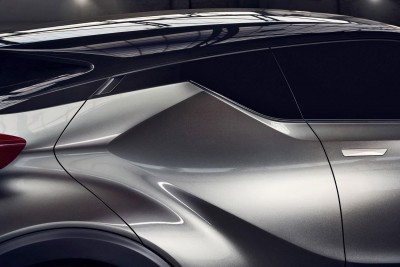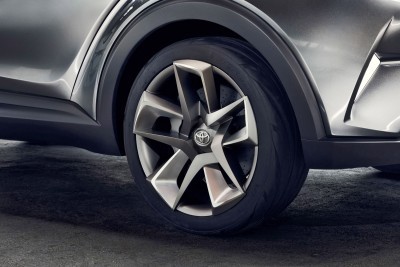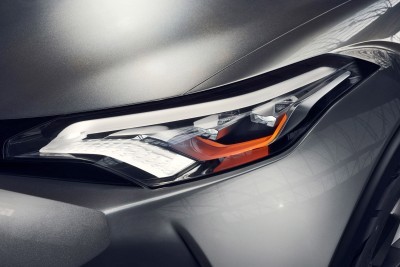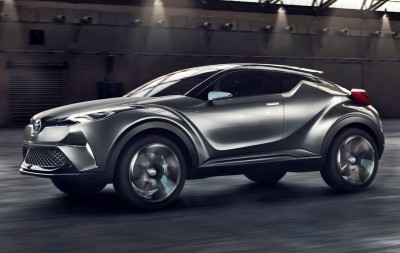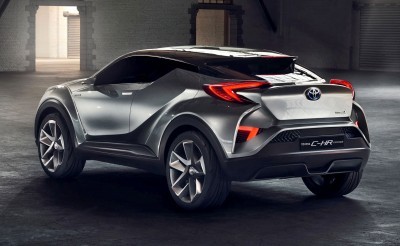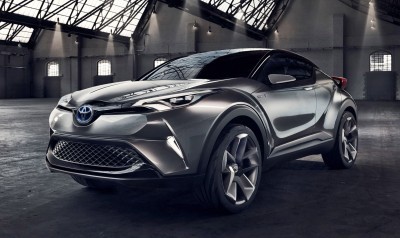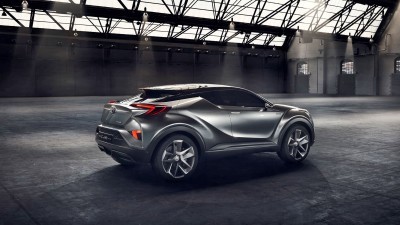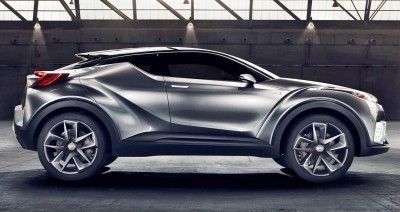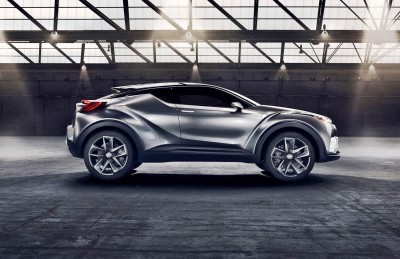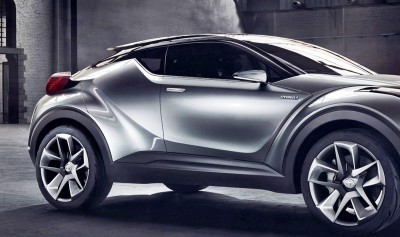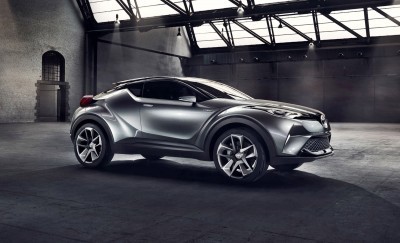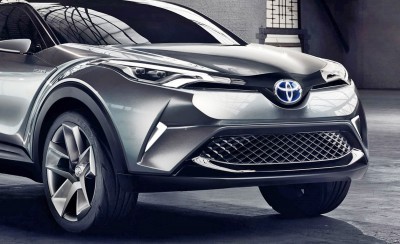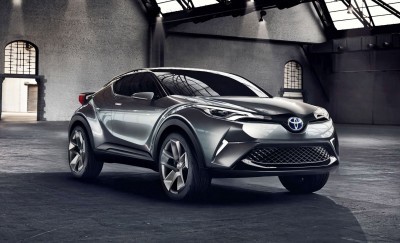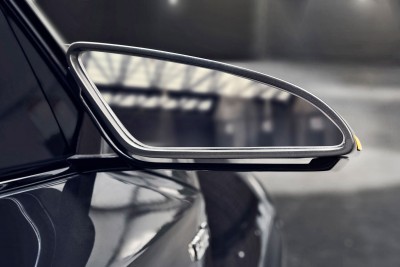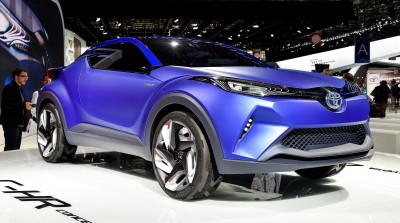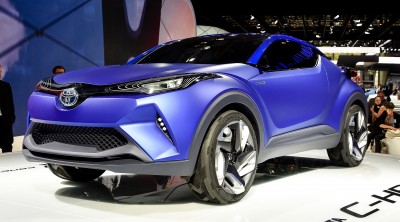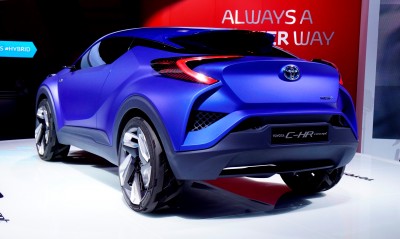 A few months ago, Toyota and Mazda announced a major partnership in vehicle development and production.
A few months ago, Toyota and Mazda announced a major partnership in vehicle development and production.
The Mazda2’s conversion into the US-exclusive four-door Scion iA is a huge hit, and the two Japanese rivals seemed eager to deepen the bond. There may have been an equity swap to even seal their newly-strong link.
But details on the ground were — and are — very secret. What are they working on together?
PART ONE: The S-FR
As the months pass, we have a much clearer idea: specific Toyota variants of Mazda platforms. The S-FR sports coupe for the Tokyo auto show kicks things off: we now believe this is a rear-drive coupe variant of the 2016 MX-5, but running only the non-US-market 1.5-liter four-cylinder. This will make it a perfect kid brother to the FR-S/GT86 — and is likely to be sold not just in Japan, but perhaps Europe (and USA!) as well. The hardtop Toyota S-FR may also explain the sudden and unannounced disappearance of the Miata PRHT (power retractable hardtop) in this generation of roadster.
Nothing would cement Akio Toyoda’s vision of a fun-to-drive global Toyota range like a $14k rear-drive sports coupe. As a Scion or Toyota, it will win the company new sales among all-new buyer groups — and add a bit of light-hearted playfulness to the entire brand. A reverse Halo flagship, if you will. Instead of top-down, it will be bottom-up. Like a giant searchlight on the ground lighting up the rest of the range from flattering low angles.
Paired with the BMW-platformed ~2018 Toyota Supra Turbo at the top….!? A floodlit Big T glow.
Differentiation among bodystyles seems to be a core part of the sharing deal. Offering unique pairs or doors, open or closed cabins, or powertrains seems to be the preferred method of sharing. A good idea: it broadens each of the Mazda base platform volumes, while not cannibalizing its sibling’s sales prospects. It also helpfully avoids badge-engineering jabs by auto reviewers, and a clearer and more unique set of benefits in consumer minds.
Finally, Toyota virtually confirms these rumors with its official Tokyo announcements: the four-seat S-FR shares critical dimensions with the MX-5, except for a longer wheelbase and shorter rear overhang. They are not exact matches, but are within an inch of one-another in overall length/width/height.
The flipside of a cheaper MX-5, if the S-FR makes production and makes it outside Japan, is that the cabin is radically simplified. The funky instruments still seem fun though.
PART TWO: The C-HR
The next partnership appears almost complete and near USA showrooms: a Scion SUV. The brand will lack a crossover or any kind of utility vehicle since the xD and xB were dropped for the 2016 model-year, so Scion’s teaser of an LA concept points us firmly in one direction. The new Scion truck is highly likely to be a Mazda CX-3 reskin. This model would helpfully plug a hole in the Toyota global range below the RAV4 — with looks and purpose previewed by the C-HR concept in Geneva and Frankfurt this year.
Scion LA 2015 teaser vs. Toyota C-HR Geneva Tail
The strategy may go off-the-rails if they both keep normal five-door bodystyles for USA sales, as is likely versus a 3-door Toyota/Scion version. So exterior design is likely to be the major differentiator between the Scion and Mazda compact ‘utes.
Interiors and powertrains are likely to be a full share in the crossovers — as will the production by Mazda of all variants.
Why is all this sharing newsworthy? Well, it is a nice preview of the roadmap for future Scions in America. It is also helpful in making sense of their partnership announcements — which lacked detail in an almost-deliberate way.
It is also evidence of Mazda seeking a larger partner since becoming independent of Ford in the mid-2000s.
In most auto markets, the entire companies would have acquired or merged with one another. But culturally, Japan’s big six carmakers have resisted this.
Times are changing, though, and the car business had some sharp wakeups over the last five years. Nothing is certain anymore — and partnerships are a hedge against rainy days plus a sound factory-utilization and profit strategy.
If done right, it will be a triple win: consumers get more cars to choose from, the brand sales and market share eat into competitor turf, while company earnings and profit climb up-up-up. Sourcing parts becomes cheaper for all, while R&D investment is pooled. Super win.
Of course, it can be perilous to rebadge a car shamelessly, as the bad old days of US carmakers proved. But done right, the benefits to Japan, and auto workers worldwide, are too great too pass up.
We say YES to more Mazda genes in Toyota cars. And more fun for Scion throughout!
Toyota S-FR Concept (Tokyo 2015)
Toyota C-HR Concept (Frankfurt and Geneva 2015)

Tom Burkart is the founder and managing editor of Car-Revs-Daily.com, an innovative and rapidly-expanding automotive news magazine.
He holds a Journalism JBA degree from the University of Wisconsin – Madison. Tom currently resides in Charleston, South Carolina with his two amazing dogs, Drake and Tank.
Mr. Burkart is available for all questions and concerns by email Tom(at)car-revs-daily.com.

